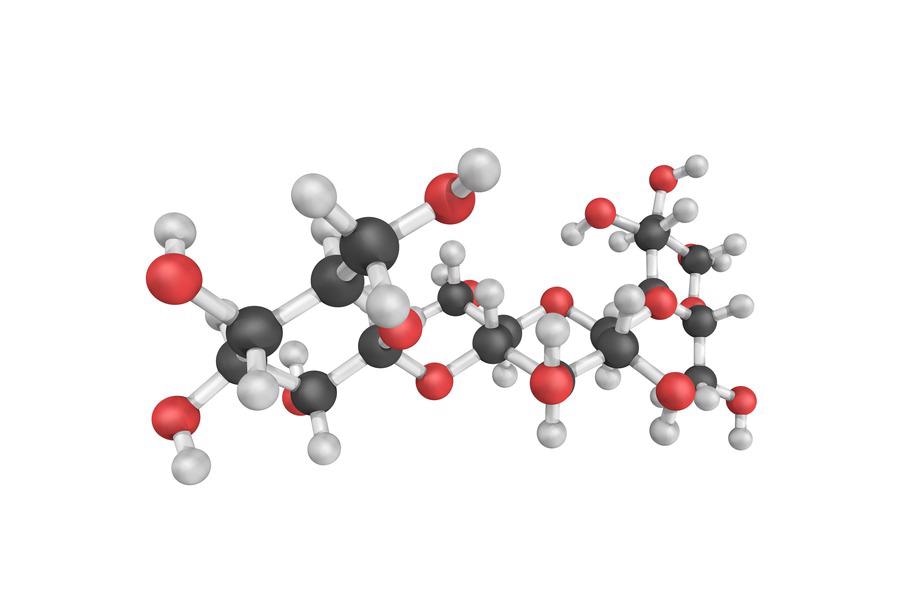 By Surbhi JainReviewed by Susha Cheriyedath, M.Sc.Apr 6 2022
By Surbhi JainReviewed by Susha Cheriyedath, M.Sc.Apr 6 2022In an article recently published in the journal Energy Storage Materials, researchers presented the development of green dielectric films made of water-processable cellulosic nanocomposites for applications in high-energy storage.

Study: Water-Processable Cellulosic Nanocomposites as Green Dielectric Films for High-Energy Storage. Image Credit: ibreakstock/Shutterstock.com
Background
Electrostatic capacitors, which can store energy via dielectric polarization, have gained a lot of interest as the demand for flexible and economical energy storage solutions grows. Metal oxides are traditional dielectrics that have high polarizations but low breakdown strengths and limited flexibility.
Furthermore, the majority of present dielectric polymers are made from non-biodegradable and non-renewable synthetic compounds or petroleum-derived components. As a result, the manufacturing process is unsustainable, and the final disposal of discarded electronics is not eco-friendly, thus raising major environmental problems. The development of innovative dielectrics with a suitable energy density that are compostable or biodegradable has long been a challenge.
Cellulose is a renewable and attractive alternative to standard synthetic polymers since it is the most plentiful biomass resource on the planet. Cellulosic materials have sparked a lot of interest in the field of energy harvesting and storage in recent years. However, the elevated density of ceramics and the inorganic/organic physicochemical property disparity frequently cause sedimentation and impede nanofiller dispersion, making scale-up processing extremely difficult.
About the Study
In this study, the authors discussed the preparation of transparent and flexible dielectric films by using 2,2,6,6-tetramethylpiperidine (TEMPO)-oxidized cellulose nanofibrils with customized charge density, colloidal poly(vinylidene fluoride) nanoparticles, and harmless water as a solvent. The as-prepared nanomaterials and composite films were thoroughly investigated.
The researchers presented an all-organic cellulosic nanocomposite for usage as transparent, flexible, and sustainable dielectrics by combining cellulosic nanofibrils (CNF) with polyvinylidene fluoride (PVDF) latex in aqueous conditions. The impact of CNF surface charge, shape, and PVDF addition on film performance was illustrated.
The team placed water-soluble and insulating polyvinyl alcohol (PVA) layers on the external surfaces of the corresponding cellulosic films, establishing a laminated composite structure, to restrict mobile charges in the cellulose film and improve its high voltage tolerance. A sustainable water-based solution casting approach was used to create pristine CNF and composite CNF/PVDF films. The influence of oxidation duration on the morphology and charge density of the resultant CNF, as well as the effect on the energy storage and dielectric performance, was thoroughly investigated.
Observations
Cellulose-based nanocomposites sandwiched between two thin polyvinyl alcohol films attained a high energy density of 7.22 J.cm-3 at a breakdown strength of 388 MV.m-1. Furthermore, the stored energy in the laminated composite was released at a rate of 1.60 microseconds, resulting in a stable power density of -3 MW.cm-3 over 1000 charge/discharge cycles under an applied field of 300 MW.m-1.
The composite films made with 10 wt% PVDF and CNF oxidized for the shortest time had the highest breakdown strength and the lowest losses. The dielectric breakdown strength of 388MV.m-1 of laminated composite films was dramatically increased, surpassing that of pure CNF and PVDF films, when a five-minute oxidized composite CNF/PVDF layer was sandwiched between two thinner PVA layers.
When compared to single-layer composite films, the laminated composite films had an energy density of 7.22 J.cm-3. Mild mechanical defibrillation of as-oxidized pulp fibers was followed by probing and blending sonication, which resulted in CNFs with mean diameters and lengths of 2.1 nm and 0.71 µm, respectively. The charge density of CNF increased with oxidation duration and reached a maximum of 0.75 ± 0.06 mmol COOH/g CNF after 180 minutes of oxidation.
More from AZoM: The Relationship Between Lubrication and Green Chemistry
The homogeneous distribution of PVDF nanospheres with a mean individual particle size of 143.2 ± 9 nm in the CNF network was revealed by electron microscopy examination of CNF/PVDF composite films. At loadings as high as 10% wt%, minimal PVDF aggregation was detected. The transmittance at 500 nm of neat CNF films declined by less than 10% when the oxidation period was shortened from 180 to 5 minutes. The laminated composite material preserved losses at 100 Hz while having a greater dielectric constant of 5 than the unlaminated composite film.
The highest breakdown strength of 157 MV.m-1 was achieved by composite films made from CNF that were oxidized for only five minutes. The discharge energy density of a laminated composite film structure increased from 1.3 J.cm-3 for a single layer composite film to 7.22 J.cm-3 for a laminated composite film.
Conclusions
In conclusion, this study elucidated that when compared to single-layer cellulose films, multi-layered composite films showed improved breakdown strength and energy storage capacities.
The authors emphasized that biopolymers and non-toxic water as solvents hold a lot of promise for lowering the cost and environmental impact of high-performance dielectrics. They also believe that the findings of this study are significant because they pave the way for environment-friendly processing of organically derived materials for use in flexible and transparent energy storage systems.
Disclaimer: The views expressed here are those of the author expressed in their private capacity and do not necessarily represent the views of AZoM.com Limited T/A AZoNetwork the owner and operator of this website. This disclaimer forms part of the Terms and conditions of use of this website.
Source:
Özdemir, E., Saeidi, N., Javadian, A., et al. Water-Processable Cellulosic Nanocomposites as Green Dielectric Films for High-Energy Storage. Energy Storage Materials (2022). https://www.sciencedirect.com/science/article/abs/pii/S2405829722001866